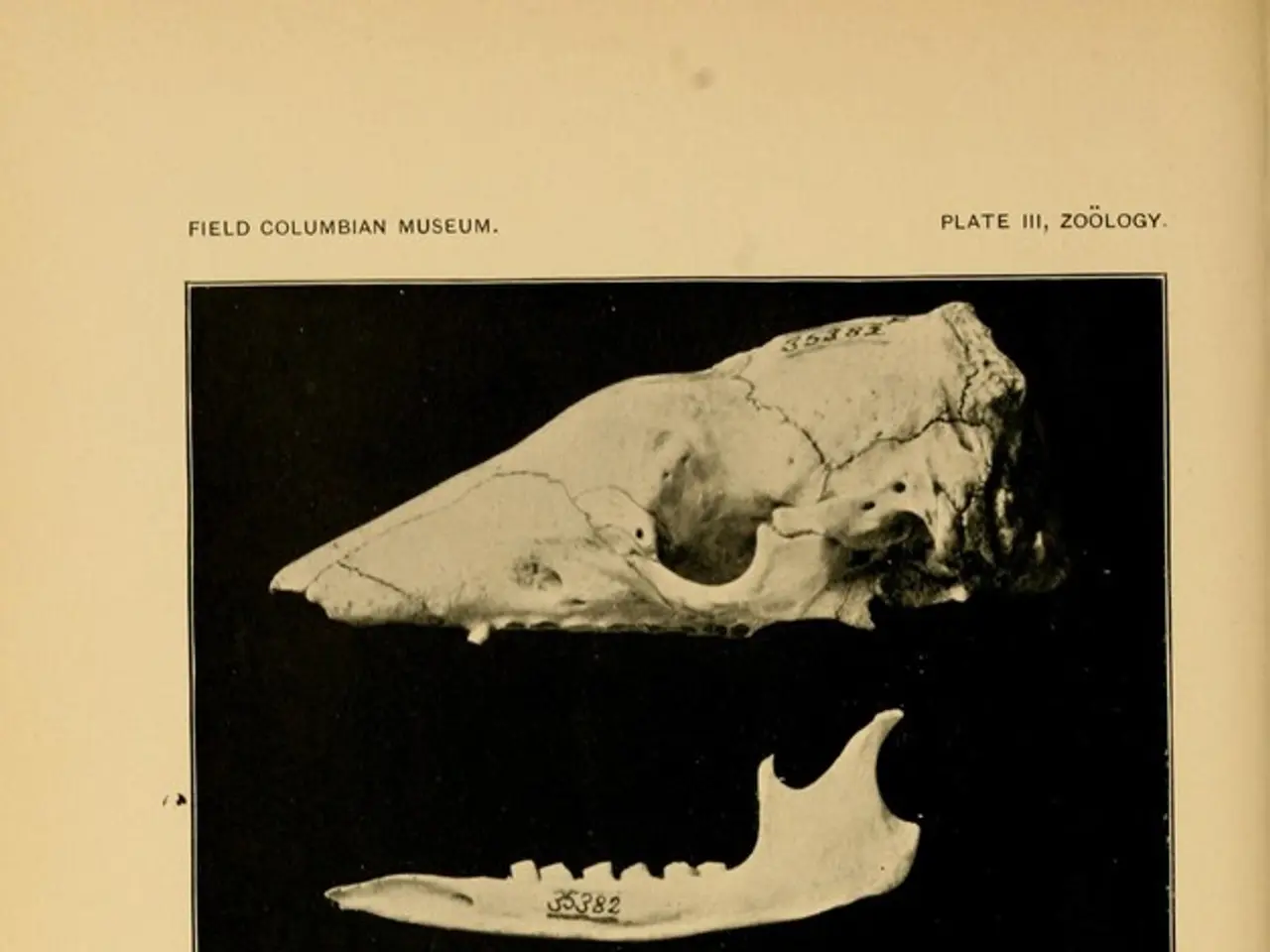Monoarthritis: A single joint inflammation summary
Monoarthritis, the inflammation of a single joint, can be caused by various factors, including infection, trauma, Lyme disease, crystal-induced arthritis, and other conditions.
Symptoms of monoarthritis may include fever, pain, swelling, warmth, redness or discoloration, stiffness, and a loss of range of motion in the affected joint.
Diagnosing monoarthritis involves a thorough examination of the patient's personal and medical history, a physical exam, lab tests, and imaging. The type of treatment will depend on the cause and severity.
Crystals of monosodium urate cause gout, while crystals of calcium pyrophosphate cause pseudogout. For gout, treatment may include corticosteroids, NSAIDs, colchicine, allopurinol, and immune suppressants. Pseudogout, on the other hand, more commonly affects the knee.
Lyme disease is another cause of monoarthritis. Treatment involves oral antibiotics such as doxycycline, amoxicillin, or cefuroxime. In some cases, Lyme arthritis can be due to chronic infection in a joint or a post-reactive immune process without an ongoing infection.
Septic arthritis, joint inflammation due to an infection, poses an orthopedic emergency as it can produce considerable joint damage. Treatment for septic arthritis includes various means of joint fluid drainage and IV antimicrobial medication.
Trauma can cause monoarthritis by direct damage to the joint and surrounding structures. Treatment may require surgery, NSAIDs, corticosteroid injections, low impact exercise, and lifestyle changes like weight loss.
Acute monoarthritis develops quickly and is short-term, while chronic monoarthritis develops gradually and is long-term. Untreated monoarthritis can lead to serious long-term consequences, such as permanent joint damage, deformity, and functional impairment.
Chronic arthritis, which usually manifests in more than one joint, can be due to conditions like osteoarthritis, rheumatoid arthritis, and spondyloarthritis. Inflammatory arthritis, such as rheumatoid arthritis (RA), can lead to joint stiffening, deformities, muscle weakness, and complications like osteopenia, osteoporosis, and bone fractures.
In some rare cases, long-standing monoarthritis may be caused by benign tumors such as lipoma arborescens, which can persist for years and cause significant osteoarthritis.
Seeking medical attention is crucial for a better outlook, as monoarthritis treatment is most effective when started early. It is important to remember that early diagnosis and treatment can prevent the progressive joint destruction, loss of function, pain, and risk of systemic complications associated with untreated monoarthritis.
References:
[1] Arthritis Foundation. (n.d.). Monoarthritis. Retrieved from https://www.arthritis.org/health-wellness/diseases/symptoms-causes/monoarthritis
[2] National Institute of Arthritis and Musculoskeletal and Skin Diseases. (n.d.). Gout. Retrieved from https://www.niams.nih.gov/health-topics/gout
[3] National Institute of Arthritis and Musculoskeletal and Skin Diseases. (n.d.). Juvenile Idiopathic Arthritis. Retrieved from https://www.niams.nih.gov/health-topics/juvenile-idiopathic-arthritis
[4] National Institute of Arthritis and Musculoskeletal and Skin Diseases. (n.d.). Pseudogout. Retrieved from https://www.niams.nih.gov/health-topics/pseudogout
[5] National Institute of Arthritis and Musculoskeletal and Skin Diseases. (n.d.). Septic Arthritis. Retrieved from https://www.niams.nih.gov/health-topics/septic-arthritis
[6] National Institute of Arthritis and Musculoskeletal and Skin Diseases. (n.d.). Lyme Disease. Retrieved from https://www.niams.nih.gov/health-topics/lyme-disease
- Infection from Lyme disease can cause inflammation of a single joint, known as monoarthritis, and is treatable with oral antibiotics like doxycycline, amoxicillin, or cefuroxime.
- Monoarthritis, a type of chronic disease, may be caused by infectious arthritis such as Lyme disease, or osteoarthritis, which affects more than one joint and leads to joint stiffening, deformities, and complications.
- A thorough understanding of various medical conditions, including Lyme disease, infectious arthritis, osteoarthritis, and other chronic diseases, is crucial in promoting health and wellness, as early diagnosis and treatment of these conditions can prevent further joint damage and long-term consequences.








